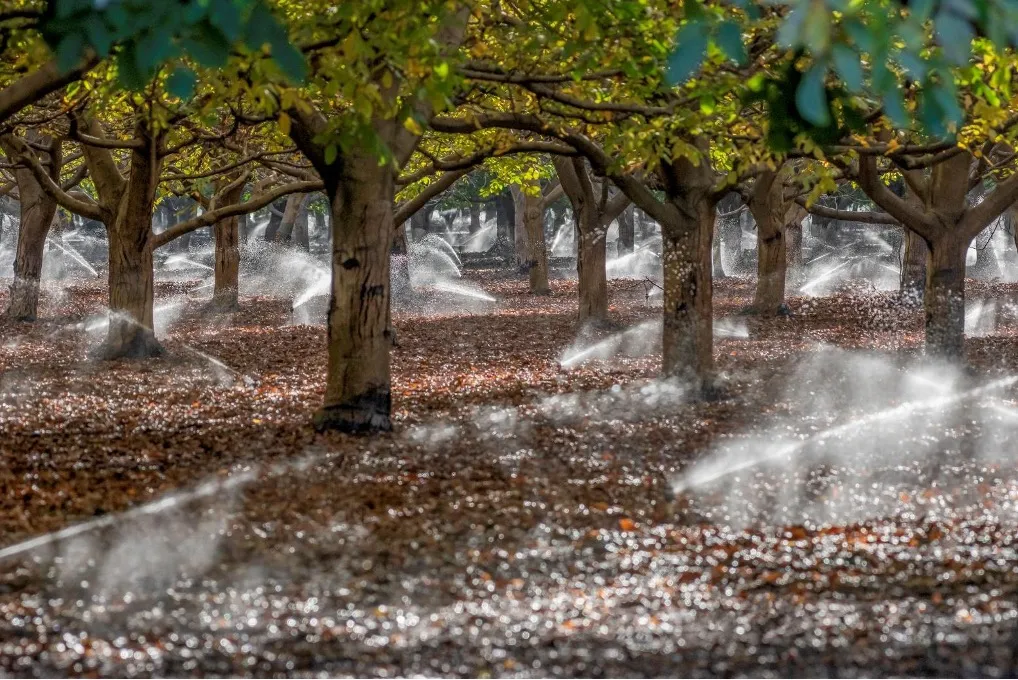
Pre-Harvest Report
As we turn the calendar to September, we’re happy to report that weather conditions heading into the harvest season continue to be close to ideal—dry, sunny weather with seasonable temperatures and a promising ending to what’s been an excellent growing season for California walnuts.
Last year at this time, we were suffering in the early stages of what would become a 12-day brutal and damaging heat wave that resulted in one of the worst years for quality in memory. Temperatures ranged from highs of 108 degrees F (42 C) to 115 degrees (46 C), with night time lows remaining in the 80s F (27-32 C). This year, we’re seeing a marked difference. It reached 96 F on the last day of August, but plunged to a very comfortable 81 on September 1, with the ten-day forecast showing temps in the mid-80s to low 90s.
Why is this so important this time of year? As the fruit reaches maturity, the green hull begins to split, which allows the nut to begin drying while still on the tree in the final weeks before harvest. That green hull has served to protect the nut from extreme weather conditions—whether high heat or the unusual but not unheard of rain that can sometimes hit the San Joaquin Valley during the growing season. Once the hull splits, this protection from the weather is gone, making the nut more vulnerable to adverse weather. In normal conditions, this is not a problem since the extreme temperatures of July and August are already in the rear view mirror by September’s hull split season. That’s why the heat wave of 2022 was so tragic—not only for its extreme intensity, but also because of the critical nature of the timing of the event.
In addition to moderate temperatures, growers report very little “bug pressure”, meaning insect pest populations have been low, resulting in many fewer pesticide applications than in a normal year. Pests growers look out for include walnut husk fly, aphids, spider mites, codling moth, and navel orange worm. Some of these pests—most notably codling moths—are primarily controlled using biological controls in the form of pheromone “puffers”. These devices puff out pheromone into the orchard on a timed basis. The male moths detect the female hormone and are drawn to it, but there’s so much female hormone as a result of the puffers that the males cannot find the females and, therefore, cannot mate. This method has been in use for the past ten years or so and has proven highly effective in controlling this pest without the need for chemical pesticides.
All in all, the orchards are healthy and the crop looks to be of high quality as we now are within weeks of the harvest.